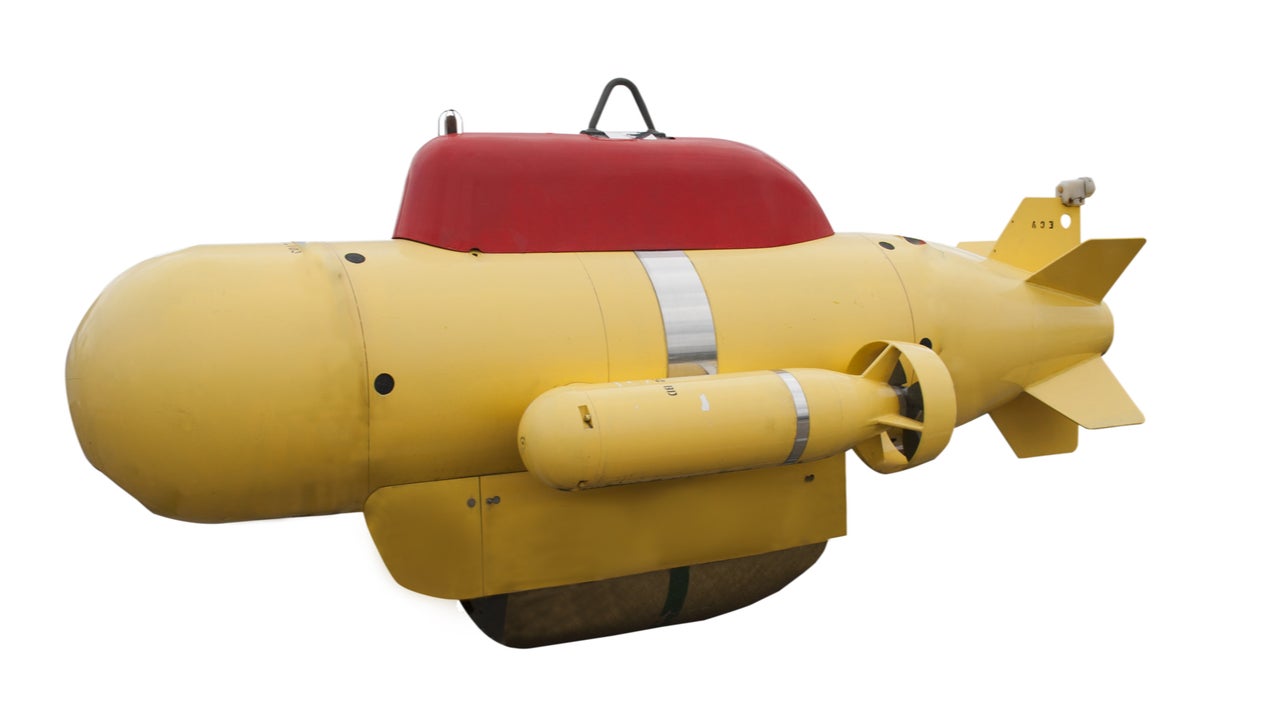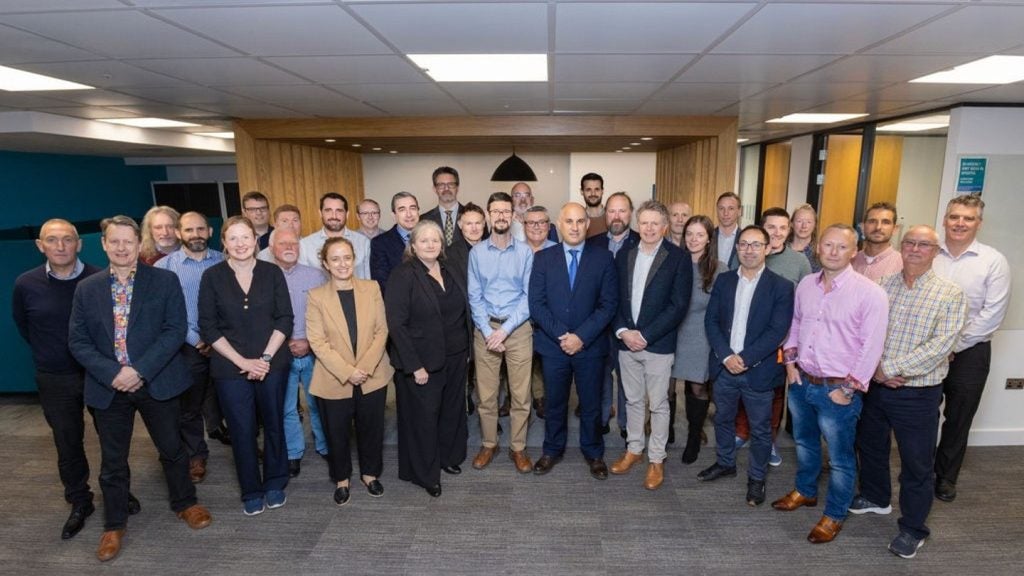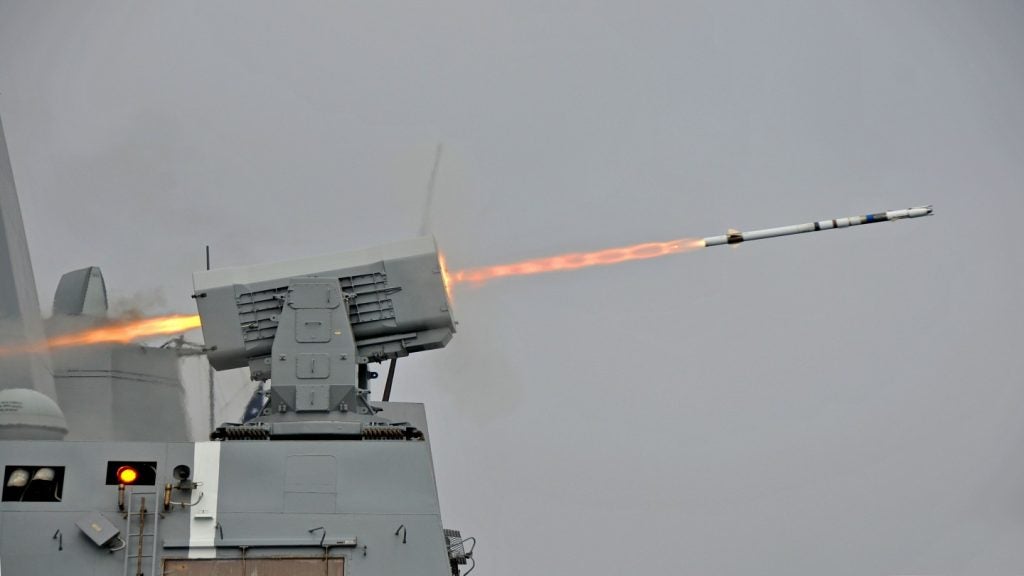Emerging technologies can enable Unmanned underwater vehicles (UUVs) to perform repetitive and demanding work but the ethical dimension of whether these technologies can be used in autonomous defence vehicles remains debatable.
Listed below are the key regulatory trends impacting the UUV theme, as identified by GlobalData.
Ethics in AI
The issue of “killer robots” appears regularly with the use of AI in the defence sector and the ethical dimension of the issue has been discussed at length. Military experts and defence industries increasingly emphasise that human intelligence will always be involved in the decision-making process in view of these debates.
Furthermore, the use of AI and autonomous vehicles in mine countermeasure (MCM) operations can be more flexible than in other combat operations. The underwater is generally free from non-combatants and the target is a sea mine, limiting ethical concerns. In addition, the low speed and limited capability of underwater communication systems make the exploitation of autonomous systems arguably more necessary in this domain than many others.
Collision avoidance
Every vessel at sea, including unmanned vehicles, must obey the International Maritime Organisation rules approved by the International Regulations for Preventing Collisions at Sea (COLREGS). Collision avoidance for an unmanned vehicle is significant for the fulfilment of autonomous navigation. Unmanned vehicle manufacturers have been developing more reliable collision-avoidance algorithms compatible with COLREGS.
Leidos‘s 40m prototype trimaran Sea Hunter, for example, transited between Hawaii and San Diego without human intervention. Sea Hunter became the first ship to navigate from San Diego to Pearl Harbour, Hawaii autonomously, and back without a single crew member on board, except very short duration boarding’s by personnel from an escort vessel to check electrical and propulsion systems. Autonomous underwater vehicles (AUVs) must have collision avoidance capabilities to navigate and executed missions. South Korean LIG Nex1, for example, is developing an AUV that will be able of performing precise navigation and collision avoidance.
How well do you really know your competitors?
Access the most comprehensive Company Profiles on the market, powered by GlobalData. Save hours of research. Gain competitive edge.

Thank you!
Your download email will arrive shortly
Not ready to buy yet? Download a free sample
We are confident about the unique quality of our Company Profiles. However, we want you to make the most beneficial decision for your business, so we offer a free sample that you can download by submitting the below form
By GlobalDataThis is an edited extract from the Unmanned Underwater Vehicles – Thematic Research report produced by GlobalData Thematic Research.










Related Company Profiles
Leidos Holdings Inc
LIG Nex1 Co Ltd